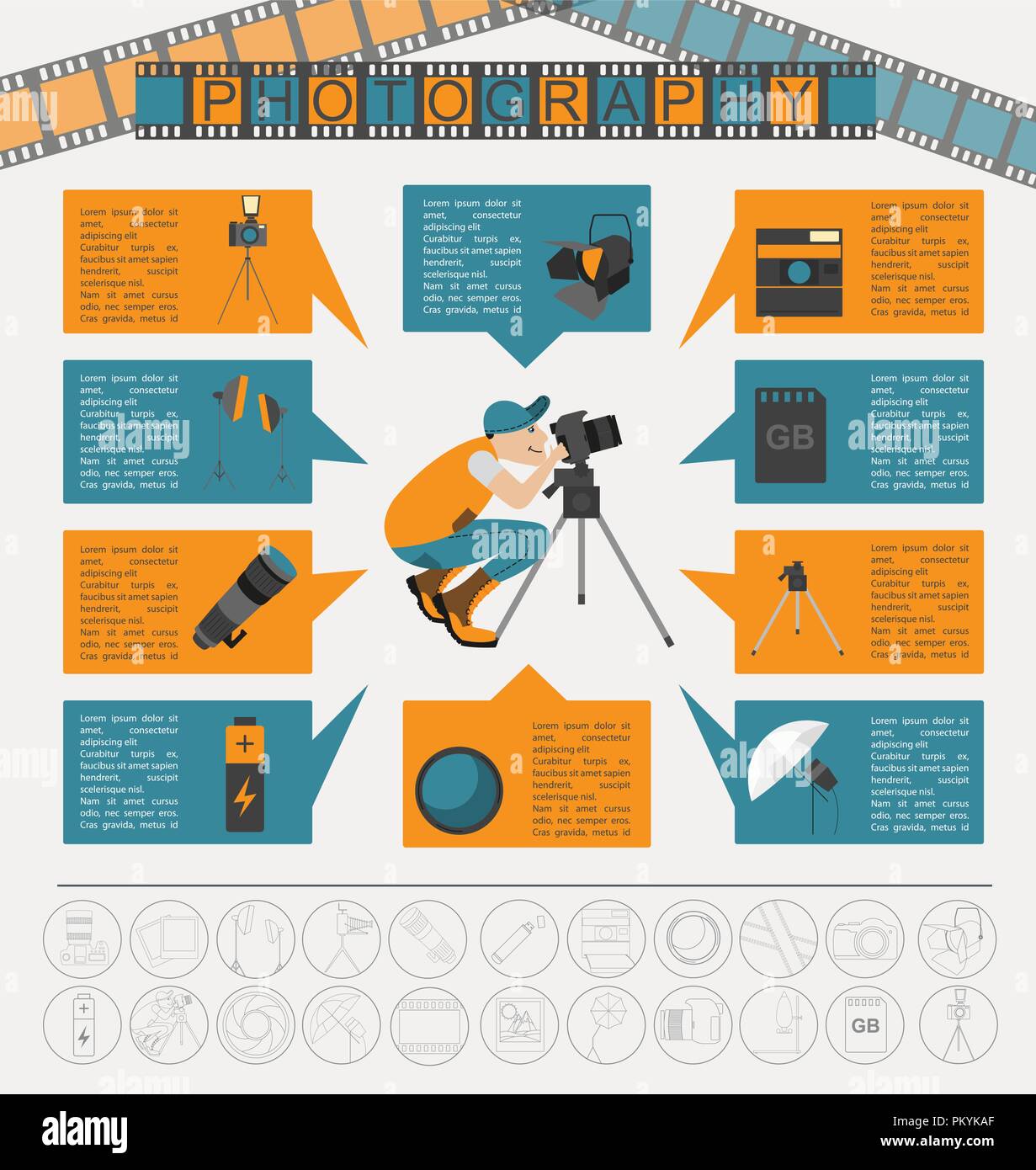Digital Photography Tips For Beginners: Grasping Your Camera In No Time At All
Digital Photography Tips For Beginners: Grasping Your Camera In No Time At All
Blog Article
Write-Up By-Grant Fuentes
When you initially get your camera, it can really feel overwhelming with all the settings and alternatives readily available. You might find yourself asking yourself just how to navigate aperture, shutter speed, and ISO efficiently. Grasping these principles is vital, but there's even more to photography than simply technical knowledge. Understanding structure techniques and illumination conditions can elevate your photos substantially. So, what if you could find out basic approaches to improve your abilities and start recording outstanding images earlier than you assume? Let's discover just how to change your photography journey.
Understanding Video Camera Setups
Understanding your video camera settings is essential for catching magnificent images. When you grab your cam, familiarize on your own with the 3 major settings: aperture, shutter speed, and ISO. Each plays an essential function in exactly how your photos end up.
Begin with aperture, which controls the amount of light going into the lens. A broader aperture (reduced f-number) allows extra light and creates a gorgeous background blur, excellent for portraits. Alternatively, a narrower aperture (higher f-number) keeps even more of the scene in focus, perfect for landscapes.
Next, focus on shutter rate. This setting identifies how much time your video camera's sensing unit is subjected to light. A quick shutter speed ices up motion, which is terrific for activity shots, while a slow-moving shutter rate can create magnificent impacts like smooth water in landscapes.
Last but not least, change your ISO. This setup affects your video camera's sensitivity to light. A greater ISO works in low-light scenarios however can introduce noise or grain. Go for the most affordable ISO feasible while still accomplishing proper exposure.
Structure Techniques
When you're out shooting, composition can make all the difference in how your pictures reverberate with audiences. Start by using https://writeablog.net/federico20marc/necessary-photography-gear-what-you-really-required-to-get-going of thirds; picture your framework separated right into nine equivalent sections with two horizontal and two vertical lines. Placement crucial elements along these lines or at their crossways to create balance and passion.
Next off, think about leading lines. https://telegra.ph/How-To-Construct-A-Photography-Portfolio-That-Attracts-Attention-01-08 -natural lines in your scene, like roads or rivers, draw the customer's eye into the photograph, assisting them through the tale you're informing.
Don't ignore framing; use components within your scene, like trees or windows, to create a structure around your topic, adding depth and focus.
Likewise, keep an eye on your history. mouse click the next web site can distract from your primary topic, while a basic one aids it stand out.
Lastly, explore proportion and patterns; they can develop a striking picture that records interest.
Learning Illumination Conditions
Grasping lighting problems is critical for catching spectacular pictures, as the best light can transform an ordinary scene into something phenomenal.
Start by observing natural light at different times of the day. Mornings and late afternoons offer the most effective light, called the golden hour. The soft, warm tones during these times can improve your images perfectly.
Don't avoid cloudy days either; diffused light can minimize extreme darkness and develop a pleasing result, particularly for pictures.
Experiment with backlighting by positioning your subject versus the source of light. This technique can create a wonderful halo effect and include depth to your images.
Take note of your cam settings too. Change the ISO, aperture, and shutter speed to match the lighting conditions. A higher ISO can assist in reduced light, however beware of grain.
Make use of a tripod in darker environments to avoid blur.
Lastly, do not fail to remember synthetic illumination. Flash and continuous lights can be great tools for controlling light in difficult problems.
Verdict
In conclusion, understanding your cam doesn't need to be frustrating. By recognizing your settings, applying make-up techniques, and taking advantage of the power of all-natural light, you'll rapidly raise your digital photography skills. Bear in mind, exercise makes perfect, so venture out there and trying out your newfound understanding. With time and dedication, you'll be capturing stunning images that reflect your distinct viewpoint. Delight in the journey, and don't neglect to have a good time while you're at it!
